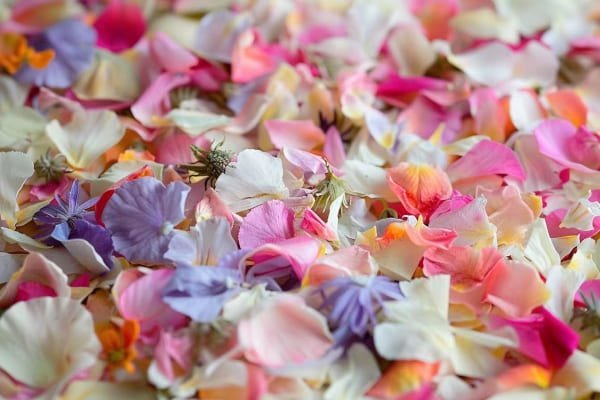


In recent years, the environmental impact of weddings has garnered increasing attention, particularly when it comes to the use of wedding confetti. Traditionally, confetti has been a staple in wedding celebrations, symbolizing joy and well-wishes for the newlyweds. However, with growing awareness about sustainability and environmental conservation, more couples are reconsidering their choices, especially regarding the materials used for confetti. This detailed article will explore the various environmental impacts of wedding confetti, examine the different types of confetti available, and offer eco-friendly alternatives to traditional confetti.
Wedding confetti has a long history, dating back to ancient times when grains, seeds, and nuts were tossed at the bride and groom as symbols of fertility and prosperity. Over time, these natural items were replaced with paper confetti, metallic glitter, and even plastic pieces, which became popular for their aesthetic appeal and celebratory effect. However, the shift from biodegradable materials to synthetic ones has had significant environmental consequences.
The most significant environmental concern associated with traditional wedding confetti is the use of non-biodegradable materials, particularly plastic and metallic confetti. These types of confetti are often made from PVC (polyvinyl chloride) or PET (polyethylene terephthalate) and are commonly coated with glitter or metallic finishes. The environmental impact of these materials includes:
While paper confetti is often considered a better alternative to plastic, it still poses environmental challenges:

As awareness of environmental issues grows, many couples are seeking eco-friendly alternatives to traditional wedding confetti. These alternatives are not only better for the planet but also offer unique and creative ways to celebrate.
One of the most popular eco-friendly alternatives is using dried flower petals as confetti. Dried petals are biodegradable, non-toxic, and can be sourced locally or even from your own garden. Some popular choices include:
Using herbs and leaves as confetti is another sustainable option. These materials are natural, biodegradable, and can add a unique touch to the ceremony:
Birdseed is a traditional and environmentally friendly confetti alternative that poses no harm to wildlife. After the ceremony, the birdseed can be left for local birds to enjoy, creating a win-win situation. However, it's important to choose birdseed mixes that are appropriate for the local bird population to avoid any negative impact.
For those who still prefer the look of traditional confetti, biodegradable paper options are available. Made from materials like rice paper or tissue paper, these confetti pieces break down quickly and are less harmful to the environment. Additionally, some biodegradable confetti is infused with wildflower seeds, allowing the confetti to sprout and grow after the wedding.
Even when using eco-friendly alternatives, there are additional steps that couples can take to minimize the environmental impact of their wedding confetti:
One way to reduce the environmental impact is to have a controlled release of confetti. This could mean using confetti indoors or in a designated area where cleanup is easy and efficient. By limiting where and how the confetti is released, couples can ensure that it doesn’t end up in unintended areas, such as natural habitats or water sources.
Regardless of the type of confetti used, it's essential to have a cleanup plan in place. This could involve assigning a cleanup crew or enlisting the help of guests to collect confetti after the celebration. Ensuring that all confetti is gathered and disposed of properly can prevent environmental harm.
Couples can also take the opportunity to educate their guests about the importance of choosing eco-friendly confetti. Including a note in the wedding program or signage at the venue can raise awareness and encourage guests to be mindful of their choices.

Choosing eco-friendly wedding confetti is just one aspect of creating a sustainable wedding. By making environmentally conscious decisions, couples can significantly reduce the overall environmental impact of their big day. Other sustainable wedding practices include:
The environmental impact of wedding confetti is an important consideration for couples who want to celebrate their special day in a way that aligns with their values. By understanding the potential harm caused by traditional confetti and exploring eco-friendly alternatives, couples can make informed decisions that benefit both their wedding and the planet. Whether choosing dried flower petals, herbs, birdseed, or biodegradable paper confetti, there are plenty of beautiful, sustainable options available. With careful planning and a commitment to sustainability, couples can create a wedding that is not only memorable but also environmentally responsible.